
Researchers at Cedars-Sinai have developed a specific and comprehensive molecular profile of endometriosis to enhance treatment options for the many women affected by this condition.
Cedars-Sinai investigators produced data from 400,000 patient cells to better understand endometriosis.
Investigators at Cedars-Sinai have created a unique and detailed molecular profile of endometriosis to help improve therapeutic options for the millions of women suffering from the disease.
The study is published today (January 9, 2023) in the journal Nature Genetics.
“Endometriosis has been an understudied disease in part because of limited cellular data that has hindered the development of effective treatments. In this study we applied a new technology called single-cell genomics, which allowed us to profile the many different cell types contributing to the disease,” said Kate Lawrenson, PhD, an associate professor in the Department of Obstetrics and Gynecology at Cedars-Sinai, and co-senior and corresponding author of the study.
Endometriosis is a condition in which cells of the uterine lining, or ones similar to endometrial tissue, are found growing in the wrong places, most commonly on the ovaries, fallopian tubes, and in the abdominal cavity. The disease impacts about 10% of women, usually during their reproductive years. Patients with the disorder can experience chronic pain, infertility, headaches, fatigue, and bowel and bladder dysfunction.
Currently, there are few good treatment options for women diagnosed with endometriosis. Lawrenson and her co-investigators were able to profile endometriosis using state-of-the-art methods permitting them to gather an immense amount of data from the cells of just 21 patients, some of whom had the gynecological disorder and others who were disease-free.
“We generated a cellular atlas of endometriosis after analyzing nearly 400,000 individual cells from these patients. We were able to identify the molecular differences between the major subtypes of endometriosis, including peritoneal disease and ovarian endometrioma,” said Lawrenson, who is also an associate professor in the Department of Biomedical Sciences.
Investigators expect this critical new database will lead to improved care.
“Identifying these cellular differences at such a detailed level should allow us to better understand the origins, natural progression, and potential therapeutic targets for treatment. We are currently limited to hormonal therapy and surgical excision, with variable success and frequent recurrence of disease,” said Matthew Siedhoff, MD, MSCR, vice chair of Gynecology at Cedars-Sinai and a co-author of the study.
Endometriosis has been associated with a slightly elevated risk for developing certain cancers. Medical scientists have often observed similarities in the way the disorders operate.
“The disease can travel throughout the body, so in many ways it behaves like cancer. But why does endometriosis behave like cancer while rarely becoming cancer? Large-scale next generation sequencing projects have been incredibly helpful in understanding how cancer works and in designing targeted therapeutics. We expect it can do the same for endometriosis,” said Lawrenson, co-director of the Women’s Cancer Research Program at Cedars-Sinai Cancer.
Investigators at Cedars-Sinai have already begun using the new cellular atlas of endometriosis to test therapeutic targets in a mouse model of the disease.
“This resource can now be used by researchers all throughout the world to study specific cell types that they specialize in, which will hopefully lead to more efficient and effective diagnosis and treatment for endometriosis patients. It really is a game changer,” said Lawrenson.
Reference: “Single-cell transcriptomic analysis of endometriosis” by Marcos A. S. Fonseca, Marcela Haro, Kelly N. Wright, Xianzhi Lin, Forough Abbasi, Jennifer Sun, Lourdes Hernandez, Natasha L. Orr, Jooyoon Hong, Yunhee Choi-Kuaea, Horacio M. Maluf, Bonnie L. Balzer, Aaron Fishburn, Ryan Hickey, Ilana Cass, Helen S. Goodridge, Mireille Truong, Yemin Wang, Margareta D. Pisarska, Huy Q. Dinh, Amal EL-Naggar, David G. Huntsman, Michael S. Anglesio, Marc T. Goodman, Fabiola Medeiros, Matthew Siedhoff and Kate Lawrenson, 9 January 2023, Nature Genetics.
DOI: 10.1038/s41588-022-01254-1
Funding was provided by the Leon Fine Translational Science Award from Cedars-Sinai. Additional support came from the National Institutes of Health, the American Cancer Society, the Canadian Cancer Society Research Institute, the Canadian Institutes of Health Research, and the Michael Smith Foundation for Health Research

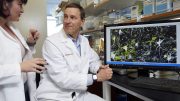
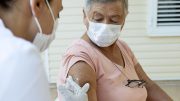
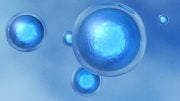
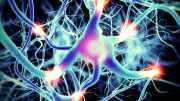
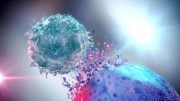

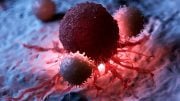

Be the first to comment on "Improving Endometriosis Treatment Options: A Vast Cellular Atlas Is Created by Cedars-Sinai Researchers"